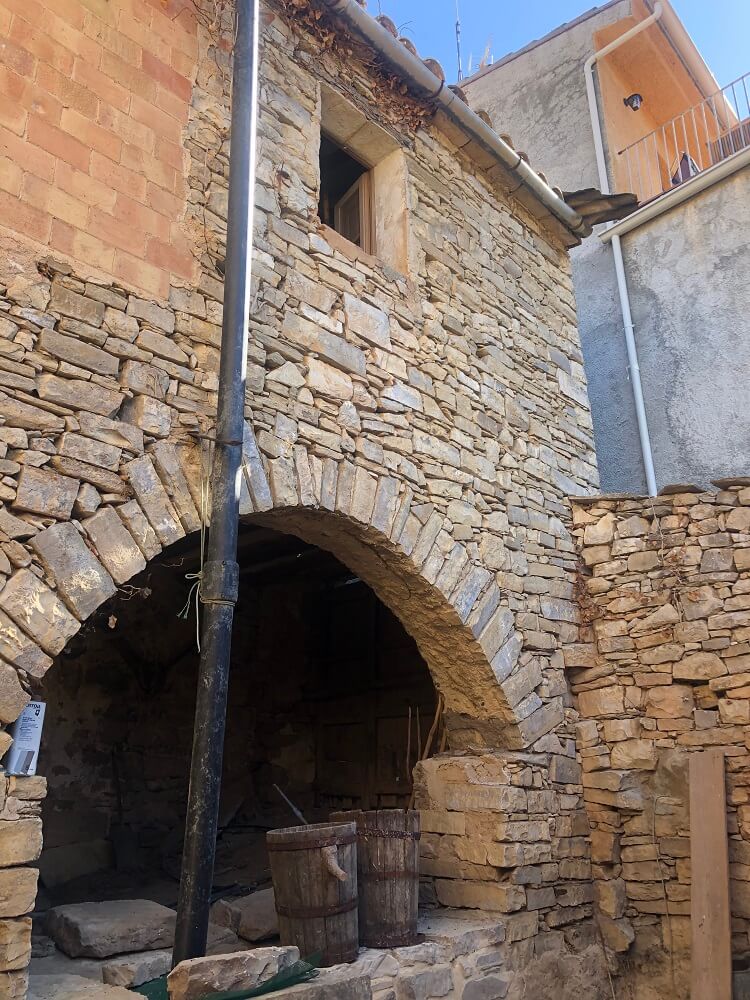Vernacular architecture rehabilitation
Vernacular architecture refers to all those architectural methods characterised by the use of local materials and knowledge, generally without the supervision of professional architects. Vernacular architecture represents the majority of buildings and human settlements created in pre-industrial societies, and includes a very wide range of buildings, building traditions and construction methods. Vernacular buildings are usually simple and practical, regardless of whether they are residential or built for other purposes.
Reclaiming vernacular architecture
Although in the 1970s vernacular architecture covered 95% of the built environment worldwide, this type of architecture has tended to be ignored in the history books of design and architecture. The problem is that vernacular architecture varies according to the territory and therefore it is not a specific style that can be categorised together with others, so it cannot be distilled or separated into a series of easily distinguishable patterns, materials or building elements.
Due to the use of traditional construction methods and local builders, the vernacular constructions are considered part of a specific regional culture of the area where they are found.
Recovering vernacular constructions is part of a correct strategy to fight against the rural exodus.
Vernacular architecture can be contrasted with design architecture, where the latter is characterised by stylistic design elements intentionally incorporated for aesthetic purposes that go beyond the functional requirements of the building.
When is a construction considered vernacular?
The local environment and the building materials it can provide guide many aspects of vernacular architecture. Areas rich in trees will develop a wooden vernacular, while areas without much wood usually use mud or stone. For example, in high mountain areas stone is used, and in the Far East it is common to use bamboo, as it is abundant and versatile.
Everything vernacular by definition is sustainable and will not exhaust local resources. If it is not sustainable, it is not suitable for its local context, and cannot be vernacular.
Example of vernacular architecture
At La Boqueria architecture studio we are committed to the conservation and restoration of the regional architectural heritage, which means that we work on all our projects for the recovery of vernacular architecture using the traditional construction methods with which the building was erected in the first place.
Renovation of a house near Tàrrega
In this project we have carried out the rehabilitation of a vernacular structure in Sant Gil d’Albió, in the Conca de Barberá region of Tarragona. The construction is made of carved stone, a type of construction material used in the area, and have been recovered an arch, a facade wall and a small interior access.
The same materials and construction techniques that have historically been used in this region have been used for the restoration.


Interior access with stone stairs


Recovered arch made in stone


Exterior façade


Main façade of the building

